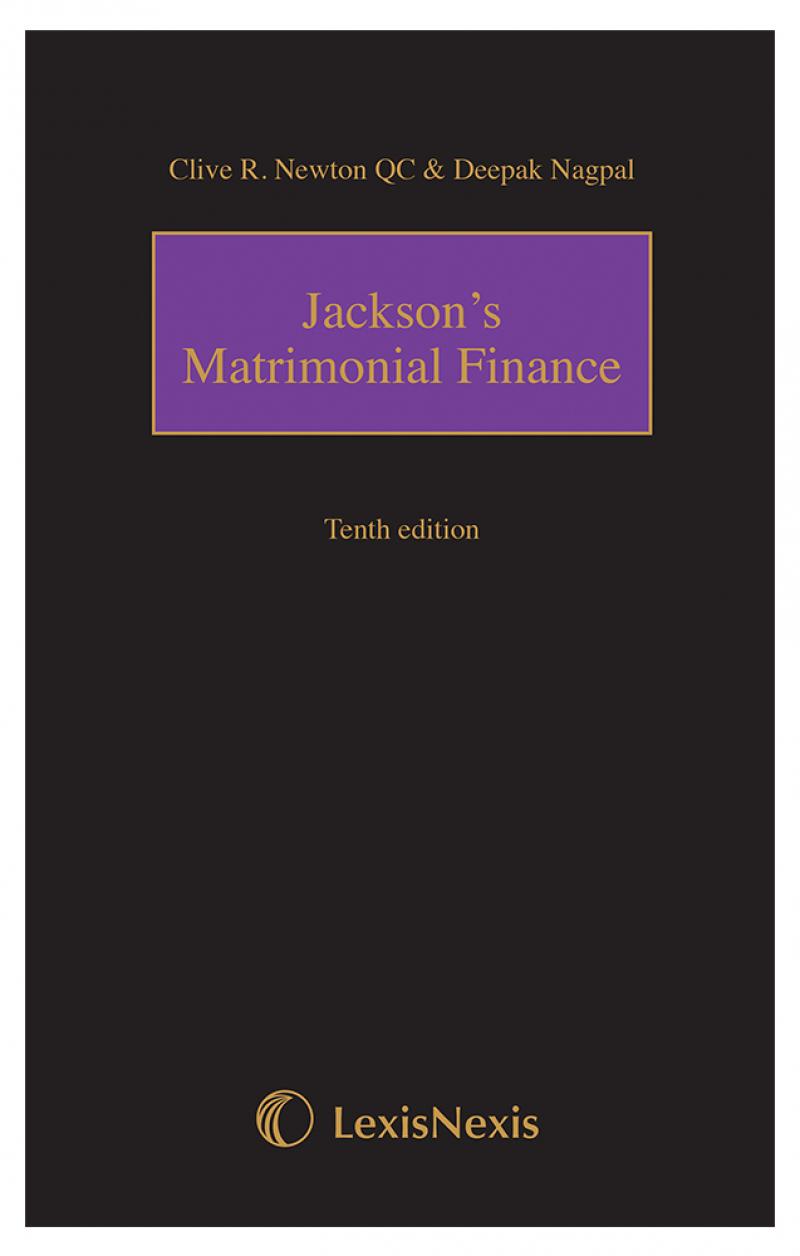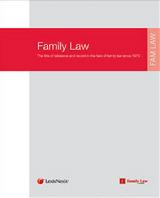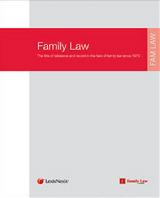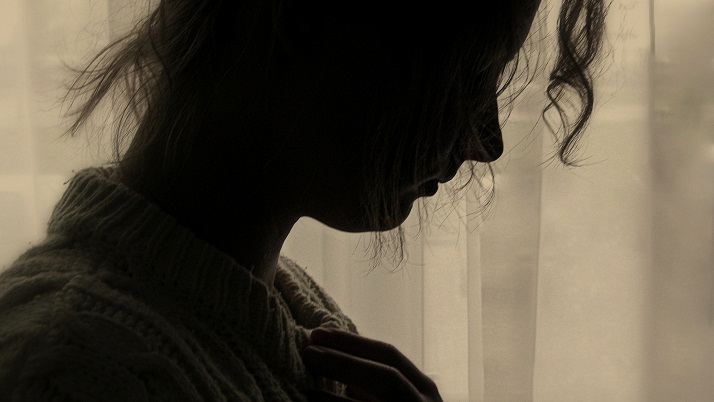- News & Comment
-
Online Shop
Online Services
Looseleafs
Law Reports
Books and eBooks
-
CPD & Events
Webinars
Events
- Authors
- About Family Law
- Contact











 5 MAY 2025
5 MAY 2025

 2 MAY 2025
2 MAY 2025

 2 MAY 2025
2 MAY 2025

 2 MAY 2025
2 MAY 2025

 2 MAY 2025
2 MAY 2025


RE v Calderdale & Huddersfield NHS Foundation Trust [2017] EWHC 824 (QB) involved a claim relating to negligent treatment during a child’s birth that resulted in the child suffering cerebral palsy (CP). The case also involved psychological injury claims for mother and grandmother (the father’s claim was discontinued).
The main CP claim was successful which left the claims for nervous shock. The key questions to be addressed were whether the mother was a primary victim and whether the event was sufficiently sudden and shocking as to entitle the grandmother (and the mother if it was found that she was a secondary victim) damages for psychiatric injury.
Although the defendant argued that the mother was a secondary victim, the judge concluded she was a primary victim saying:
‘[T]he negligence occurred when RE’s head had crowned but the body remained in the birth canal. At this point she was not a separate legal entity from her mother and, in law, they are to be treated as one. The delayed delivery triggered the commencement of the hypoxic event whilst she was still in utero. She remained compromised and sustained an injury until eight minutes after her birth. The extent of the injury was dependent upon the totality of the insult which began at the time that the second claimant [ie the mother] and RE were a single legal entity. In these circumstances the second claimant was a primary victim. As such, the recovery for psychiatric injury should be in accordance with the principles in Page v Smith [1996] AC 155 and not subject to the control mechanisms applicable to the claims by secondary victims.
Nevertheless I go on to consider whether the evidence satisfies the pre-conditions for her claim for nervous shock as a secondary victim…’
The judge then went on to review the evidence and appropriate test for secondary victims and concluded that both the mother and the grandmother satisfied the control mechanisms. In relation to the mother he states:
‘She clearly had the closest possible personal relationship to RE, whose condition on birth was a sudden and unexpected event and not a process of gradual realisation. There was no conditioning for what came nor was there any warning of a material risk that RE would be born lifeless and require a sustained period of resuscitation. I am satisfied that for the second claimant this was an outwardly shocking experience that was exceptional in nature and horrifying as judged by the objective standards and by reference to persons of ordinary susceptibility. It was not an event of the kind as to be expected as “part and parcel” of the demands and experiences of childbirth. The second claimant, whether a primary or secondary victim, is entitled to damages for nervous shock.’
The judge considered the grandmother’s claim and stated:
‘I am satisfied that her first-hand observation of the first fifteen minutes of life, that is a period immediately following birth, was the triggering event for the PTSD. She has and had a very close relationship with the second defendant [ie the mother]. It is not suggested on behalf of the defendants that she was not sufficiently close in terms of her relationship … the only issue is whether the event was sufficiently horrifying to establish a claim. As in the case of the second claimant I find the event was sufficiently sudden, shocking and objectively horrifying to reach the conclusion that the fourth claimant’s claim for damages for nervous shock is established.’
These comments are helpful, insofar as they go, but the debate about whether a mother is a primary or secondary victim is, it seems, finely balanced and (arguably unfairly) fact specific and therefore will clearly rumble on for some time yet.




